Desert Plants
by Andrew Boyd
Today, life giving water. The University of Houston's College of Engineering presents this series about the machines that make our civilization run, and the people whose ingenuity created them.
Deserts are a showcase of miracles. Life depends on water. And deserts don't have much. Yet they're home to some of earth's most astonishing plant life.
Desert plants are marvels of evolution. Consider the ocotillo. Dozens of long, spindly stems grow to the height of a small tree. For most of the year ocotillos look dead — hard, grayish-brown, brittle. But after a passing thunderstorm something wondrous happens. Within two or three days the stems become completely covered with deep green leaves. And atop each stem is a halo of brilliant red flowers. The display lasts for a week or two — just long enough to attract bees and hummingbirds. Ocotillos then close up shop, shedding their colorful display until the next rainfall.
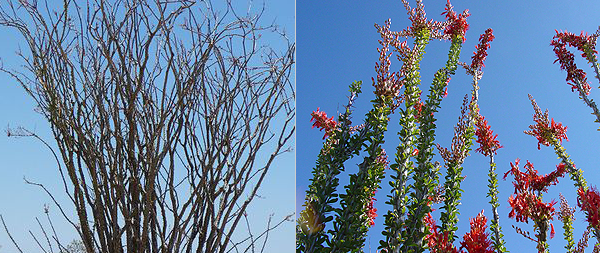
Of course, the most celebrated desert plants are cactus, with long, sharp spines ready to prick the careless passerby. It's not hard to see how spines serve as a deterrent to animals seeking a succulent meal. But they're also water-saving, replacing leaves, which leak precious moisture into the air.
The saguaro is a majestic cactus, and the first that comes to mind for many people. Saguaros spend their first fifty years as a single stem reaching high into the sky, then develop their characteristic arms that reach out and up. Mature plants stand as tall as a three story building and live for over a hundred years, sentinels of their inhospitable landscape.
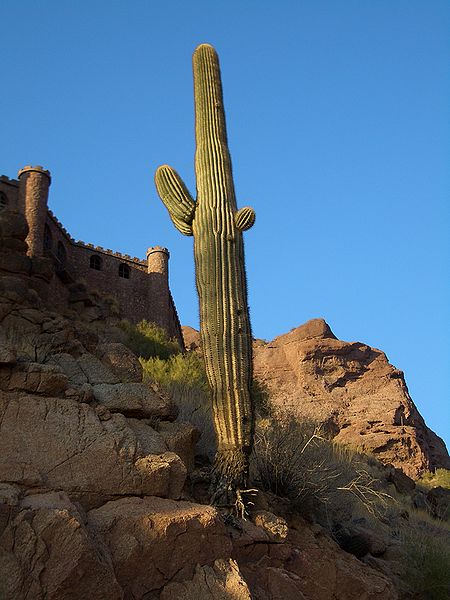
Cactus show astounding variety: prickly pear, with their broad, tongue-shaped pads; organ pipe cactus, named for their resemblance to the musical instrument; jumping cholla, with stems that — according to folklore — break apart and jump onto passing animals.
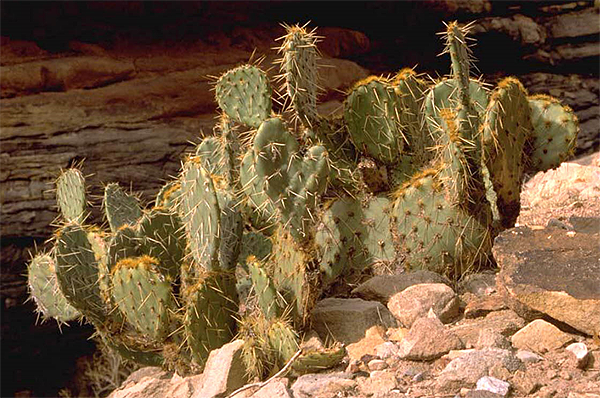
And at the right time of year, cactus produce flowers. Not many. They can't afford to waste too much energy in a bountiful display. But what they do produce is beautiful. White, pink, yellow, red — the colors stand out vividly against the desert backdrop. Most flowers last only a few days; some bloom for just a single night. But it's enough time for birds and insects to carry pollen to neighboring plants. Fruit replaces the fertilized flower blossoms. Moist and fleshy, the fruit gluttonously hoards life sustaining water. But the plant is accommodating. After all, the fruit carries the seeds of the next generation.
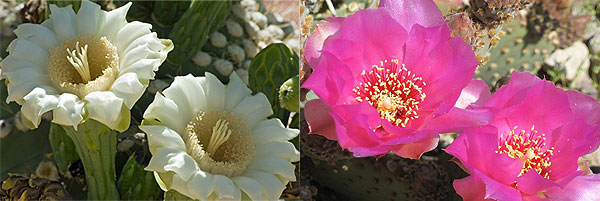
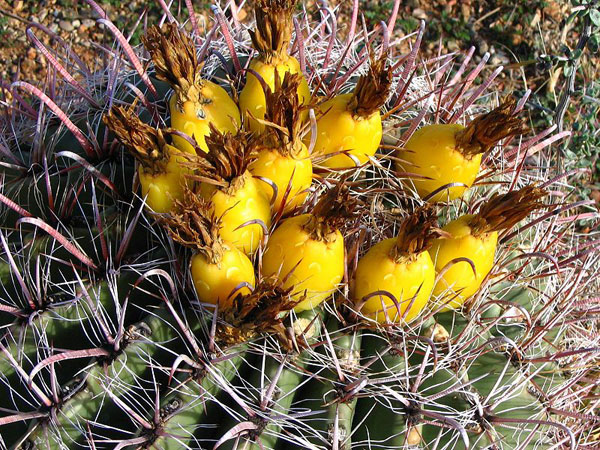
I never cease to be astonished by life in its many forms. But I confess to a special fondness for plants of the desert — the product of nature's methodical engineering.
I'm Andy Boyd at the University of Houston, where we're interested in the way inventive minds work.
Notes and references:
Cactus. From the eduscapes Web site: http://eduscapes.com/nature/cactus/index1.htm. Accessed April 5, 2011.
P. C. Fischer. 70 Common Cacti of the Southwest. Published by the Western National Parks Association, 1989.
Ocotillo. From the Blue Planet Biomes Web site: http://www.blueplanetbiomes.org/ocotillo.htm. Accessed April 5, 2011.
All pictures are from Wikimedia Commons or U. S. government Web sites.